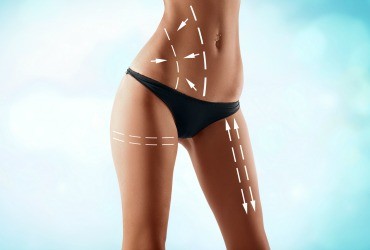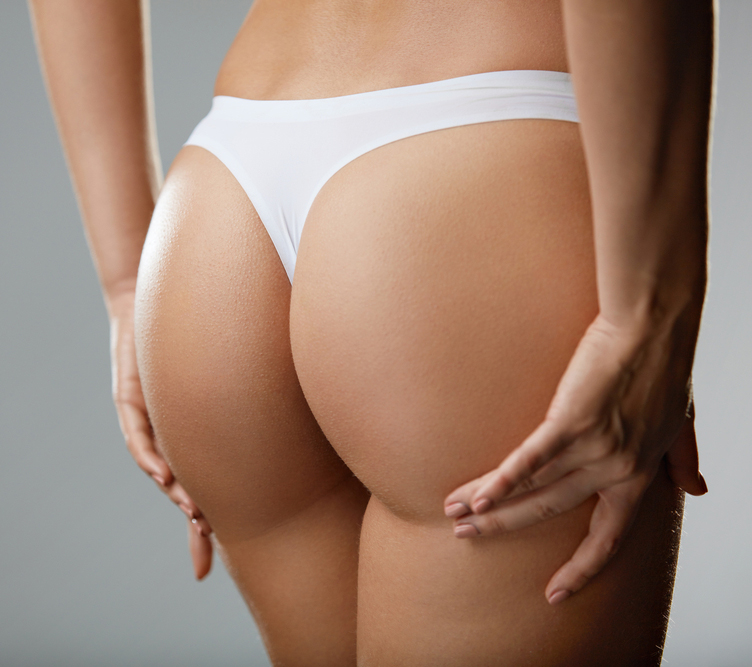
Liposuction Procedure Houston
Liposuction is a type of cosmetic procedure, whereby excess fat from the body is removed. As a consequence, the body ends up with slimmer and a better-shaped profile. The removal of extra fats from the body also enables the patient to end up with better-proportioned body contours.
Liposuction can be carried out on a variety of body organs for the removal of excessive fat. Some of these body parts are listed below:
- Hips and buttocks
- Thighs
- Abdomen
- Chest
- Upper arms
- Back
- Chin and neck
- Calves etc.
However, one needs to remember that liposuction will only help you to get rid of the fats which refuse to budge either with proper diet or exercise. However, it is certainly not an alternative to the intake of a properly balanced diet and appropriate exercise. Moreover, this type of surgery wouldn’t address any issues related to cellulite; it will only help you to get rid of fat.
Liposuction Procedure
What to do before the surgery?
Before embarking upon the liposuction surgery, there are certain things that the patient should do. The first thing is to consult an experienced and skillful surgeon. During this consultation, make sure that you convey all your goals and expectation from the surgery to your doctor. Also, discuss all the options available to you, any potential complications, risks, benefits etc. This is mandatory so that you end up with realistic expectations from the surgery.
After this detailed consultation, you can then make an informed decision about whether or not you want to go ahead with this plastic surgery. If you do decide to get liposuction done, then it is important that you follow the pre-surgery instructions given by your doctor. Generally, you would be restricted from certain things such as the intake of alcohol and would be given certain dietary guidelines.
Also, make sure that you inform the surgeon if you are on any medications, are allergic to some things or are taking some supplements.
What happens during the surgery?
The actual procedure of liposuction varies according to the type of surgery that you are going to have. You may have to stay in the hospital for some days or you might be discharged on the very day of your surgery. All of this depends upon your individual condition and requirements.
A consent form is signed by the patient prior to the surgery.
The patient is also given an antibiotic. This could either be before the surgery or after it.
Before the surgery, the patient is given anesthesia.
This anesthesia can be local or general. This choice is made by the surgeon depending upon the extent and type of your surgery.
The anesthesia takes its effect and the patient is lulled into a state of numbness or unconsciousness.
This anesthetic effect will be followed by small cuts made by the surgeon onto the liposuction site. Then, suction devices are inserted into these cuts for the removal of excessive fat. A large syringe or a suction pump might be used for this purpose.
The duration of the surgery is directly proportional to the amount of fat being removed in the surgery.
Since you would be losing fluid from your body in the form of fats, therefore some of that fluid will be replaced by inserting an IV line into the patient.
Different Types of Liposuction Techniques
Liposuction techniques vary from each other depending upon the type of liposuction which is being done. Some of these techniques have been elaborated below.
Ultra-Sound Assisted Liposuction
In this type of liposuction, ultrasonic energy is deployed. This energy is then used to liquefy the fat. Eventually, this liquefied fat is removed from the body.
Tumescent Liposuction
In this procedure, a saline solution is injected into the patient’s fatty areas before the actual surgery takes place. This saline solution also contains lidocaine anesthetic in it along with epinephrine. Epinephrine is responsible for the contraction of blood vessels. This solution is very helpful during the surgery since it makes the removal of fat much easier. Also, it prevents excessive blood flow which results in an easing of pain; both during the surgery and after it.
What happens after the surgery?
There are two factors which determine whether you would have to stay overnight at the hospital or whether you would be allowed to leave on the very same day. One of those factors in the amount of fat being removed. The second factor is the part of your body where the surgery is being performed. Since every individual case has its peculiarities and owing to this very reason the recovery time for each patient may vary, therefore consider asking your doctor when you would be able to resume your normal activities.
Drainage pipes might be inserted into the incisions made during the surgery so that all the excess fluid is drained out successfully. Accumulation of fluid in the wound might lead to infections.
Also, you might be asked by your doctor to wear compression garments after the surgery. You would also be given a whole list of post-surgery instructions. Wearing compression garments would probably be one of these instructions. The others would include the level of prescribed activity which would be deemed safe by the doctor after the surgery. This list of instructions would also include how you ought to take care of your wound and what are the signs of infection that you ought to be wary of. Moreover, you might be prescribed some antibiotics by your doctor as well. After the liposuction procedure, you might experience a certain amount of swelling and bruising. This is very normal and generally, it subsides gradually with time. However, if this condition persists then you ought to consult your surgeon immediately. One thing that you need to remember is that liposuction procedures leave behind scars. They might fade with time, but they wouldn’t disappear completely. Experienced surgeons would always make these incisions in such a way that they can be masked easily and aren’t very prominent.
Dr. Amjadi MD, DDS, FACS
Certified by the American Board of Plastic Surgeons
915 Gessner Rd #870
Houston, TX 77024
713-465-6198













